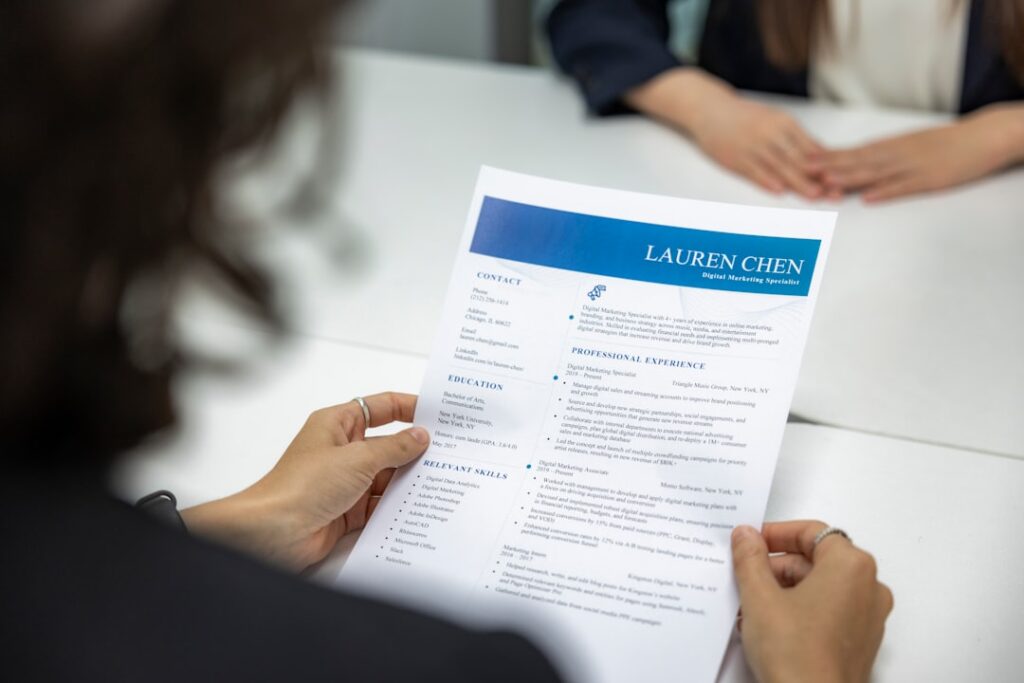A government-sponsored program called Paid Family Leave offers qualified workers paid time off to attend to particular family-related needs. This program permits employees to take time off for reasons like attending to a critically ill family member, taking care of a newborn or recently adopted child, or handling specific military-related circumstances. By providing financial support during these crucial times, Paid Family Leave aims to assist workers in striking a balance between their work and family obligations. Payroll deductions from employees’ paychecks are normally used to fund Paid Family Leave benefits. The state governments or private insurance plans with state approval typically oversee the program’s administration.
Key Takeaways
- Paid Family Leave allows eligible employees to take time off work to care for a new child, a seriously ill family member, or to address certain military family needs
- Eligibility requirements for Paid Family Leave include being employed in New York State, having a qualifying event, and meeting minimum work and earnings requirements
- Necessary documentation for Paid Family Leave application includes proof of relationship to the family member in need of care, medical certification, and military deployment orders
- Completing the application for Paid Family Leave involves providing personal information, details about the qualifying event, and selecting the benefit start date
- Submitting the Paid Family Leave application can be done online, by mail, or through your employer, and should be done as soon as possible after the qualifying event occurs
- After submitting the application, you will need to wait for approval, which can take up to 18 days, and you may be contacted for additional information or documentation
- Once approved, you will receive Paid Family Leave benefits, which can be used to partially replace lost wages while you are away from work attending to your family member’s needs
Each state or jurisdiction may have different requirements for the implementation of Paid Family Leave policies. For a variety of reasons, employees may use their Paid Family Leave benefits.
1. Forming a bond with a new child—whether foster, adopted, or biological.
2. supporting a family member who has a life-threatening illness.
3. Taking care of legitimate military needs.
A portion of the eligible employee’s regular salary is paid during the leave period, easing the financial burden on them while they are not working. The length of leave & the percentage of wage replacement are subject to change based on the particular program & jurisdiction. Paid family leave is intended to give employees the extra cash they need to take care of significant family obligations without jeopardizing their job security or suffering a sizable loss of income.
This program understands how important it is to let workers prioritize their families’ needs at these important times without sacrificing their ability to contribute to the business. If a private insurance plan has been approved by the state, or if the state sets forth requirements, employees may be eligible for Paid Family Leave benefits. fulfilling the requirements for eligibility. In order to be eligible for benefits, employees typically need to have worked for a specific amount of time and made a minimum wage. Also, workers need to have a legitimate reason for needing time off, like a child’s birth or adoption, a family member’s critical illness, or specific military needs.
| Step | Description |
|---|---|
| 1 | Check eligibility for paid family leave |
| 2 | Notify employer and request necessary forms |
| 3 | Complete required forms and gather supporting documentation |
| 4 | Submit completed forms to employer and state agency |
| 5 | Wait for approval and receive benefits |
Giving Prior Notice & Accompanying Records. Workers may also have to submit documentation to back up their requests for Paid Family Leave benefits and notify their employer in advance of their need for leave. Recognizing State-Specific Qualifications.
To find out if they are eligible for benefits, workers should familiarize themselves with the state-specific eligibility requirements for Paid Family Leave or with the private insurance plan offered by their employer. The documentation that employees gather to support their leave request is a prerequisite for applying for Paid Family Leave benefits. This could be proof of a family member’s deployment in the military or exigencies, or it could be documentation of a child’s birth or adoption. To make sure they have all the required documentation to finish their application, employees should carefully review the state-specific documentation requirements for Paid Family Leave or the private insurance plan offered by their employer.
Employees may also need to submit documentation of their employment and income in order to be eligible for Paid Family Leave benefits, in addition to medical and military records. To prove their eligibility for benefits, pay stubs, tax returns, or other financial documents may be required. A smooth application process and prompt benefit delivery for employees can be achieved by assembling all required paperwork ahead of time. After workers have obtained all required paperwork, they can start the process of finishing their application for benefits related to Paid Family Leave.
This usually entails completing an application form offered by the state government or the private insurance plan offered by the employer, then sending it in with the necessary supporting documentation. Questions about the purpose of the leave, the anticipated length of the leave, and other pertinent information regarding the employee’s employment & income will be included in the application form. Workers should be careful to fill out the application form completely and accurately because any mistakes could cause a delay in the benefits processing.
Prior to submission, make sure all information on the application form is correct & complete by carefully reading over it and double-checking it. For their records, workers might also wish to retain a copy of their completed application & any supporting materials. When the application for Paid Family Leave benefits is finished, workers can send it to the relevant department or office for processing, along with any necessary supporting documentation. This can entail delivering the application and supporting materials in person to a designated office, mailing them to a specified address, or submitting them online via a secure portal. To make sure they are following the proper procedures for submitting their application, employees should carefully review the submission instructions provided by the employer’s private insurance plan or the state government.
Employees should monitor their application submission after it has been submitted, and if they do not hear back from the relevant office or department in a reasonable amount of time, they should follow up. To prevent needless delays in the receipt of Paid Family Leave benefits, it is crucial to make sure that the application & supporting documentation are received and processed on time. Awaiting approval. Employees will have to wait for approval from the employer’s private insurance plan or the state government after submitting their application for Paid Family Leave benefits.
The complexity of the employee’s situation & the volume of requests received can affect how long it takes to process an application. Fulfilling Inquiries. In order to speed up the approval process, staff members should be ready to react quickly to requests from the processing office for more information or supporting documentation during this waiting period. Continuing to Learn & Ask for Help. Employees should be patient during this waiting period & follow up with the processing office as needed to find out the status of their application.
Employees may wish to consult a human resources representative or legal counsel if there are any delays or problems with the approval process in order to make sure that their rights are being respected & that they receive their benefits on time. Following approval of their application, employees will start receiving Paid Family Leave benefits in accordance with the timetable established by the employer’s private insurance plan or the state government. These benefits usually provide a time-limited partial replacement of the worker’s regular pay, enabling them to take time off without suffering severe financial hardship. In order to know how much they will get and when they can expect payments, employees should carefully read the terms and conditions of their benefits.
Employees should concentrate on making responsible use of their Paid Family Leave benefits during this time so they can attend to their families’ needs while they are not at work. As stated in their accepted application, this could entail tending to a newly adopted child, providing care for a gravely ill relative, or attending to specific military requirements. Maintaining continuous eligibility for benefits requires employees to maintain accurate documentation of their use of Paid Family Leave benefits and to adhere to any reporting obligations imposed by the state government or the employer’s private insurance plan.
In summary, Paid Family Leave is a valuable program that offers qualified workers financial assistance when they need to take time off of work to tend to a new child, a critically ill family member, or take care of certain military requirements. Employees can successfully navigate this process and get the support they require during crucial family moments by being aware of the eligibility requirements, obtaining the required paperwork, filling out and submitting the application, waiting for approval, and responsibly using Paid Family Leave benefits.



